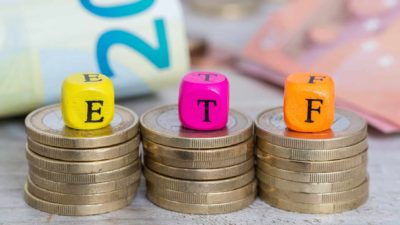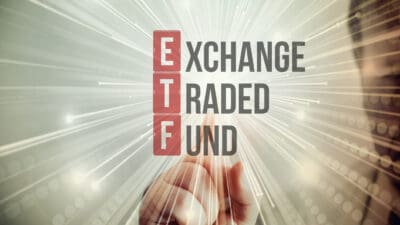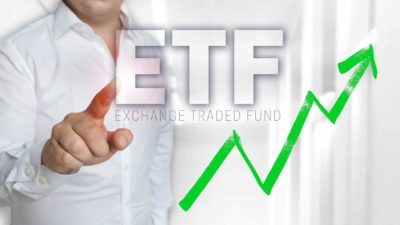The exchange-traded fund (ETF) Vanguard MSCI Index International Shares ETF (ASX: VGS) is one of the most popular choices for investors — the fund has net assets (and investor capital) of more than $5 billion. And the VGS ETF pays dividends, which I'll talk about later.
For readers who haven't heard of this investment option before, the idea is that it provides exposure to more than 1,400 businesses listed outside Australia, which is handy for Aussies looking for global diversification.
The dividend, or distribution, that an ETF pays is partly dictated by the dividends of the fund's underlying holdings. If the ETF's investments pay high-yielding dividends to the ETF, then the fund will end up paying a high yield to investors.
So, let's first talk about what shares the VGS ETF is invested in.
Vanguard MSCI Index International Shares ETF holdings
At the end of March 2023, its biggest positions were some of the world's largest and strongest technology businesses including Apple, Microsoft, Amazon.com, Nvidia, Alphabet, Tesla, and Meta Platforms.
These businesses have proven to be very strong competitors in their respective industries. However, none of them is known for having large dividend yields.
Some of the names I mentioned don't pay a dividend at all for various reasons, such as having a focus on re-investing cash flow generated for growth.
A few of the names do pay dividends, such as Apple and Microsoft, but the dividend yields are currently low. That's because the businesses don't have a high dividend payout ratio and they also have a reasonably high price/earnings (p/e) ratio. The higher the p/e ratio, the lower the dividend yield. For example, Microsoft has a dividend yield of 0.9%, according to Google Finance.
It's a similar story for many of the IT businesses in the portfolio, which is important because the IT industry accounts for around 21% of the VGS ETF's weighted exposure.
Now let's have a look at the actual dividend yield of the Vanguard MSCI Index International Shares ETF, according to Vanguard.
Dividend yield
Vanguard, the ETF provider, produces a set of statistics each month so that investors can get some insights into the valuation metrics of the portfolio.
The monthly stats for March 2023 show the dividend yield for the VGS ETF was 2%. Vanguard explains this is the weighted average dividend yield of the shares it holds.
It's worth pointing out that sometimes the distribution from the ETF to investors can be larger than the dividend yield alone because the distribution can include crystallised/realised capital gains made by the fund on any share sales.
So, the ETF's distributed income is a combination of both its dividend income and capital gains.
Is a 2% dividend yield big enough for VGS ETF investors?
I don't think that 2%, or even 3%, is likely to be enough for dividend investors these days. Investing in shares means taking on volatility and risk, and there are risk-free term deposits now offering an interest rate of more than 4%.
If I were looking at generating investment income, I'd want to look at ASX dividend shares that offered a dividend yield that was at least similar to what term deposits were offering.
The great thing about shares is that they can deliver growth. Good ASX dividend shares are capable of paying a good dividend yield and hopefully growing the payment to shareholders in the coming years.
The Vanguard MSCI Index International Shares ETF is not known for its dividend potential. However, I do believe in its ability to generate capital growth for investors over the long term. The fund has provided attractive total returns thanks to the rise in the value of its holdings as they achieve profit growth.
Over the three years to 31 March 2023, the VGS ETF returned an average of 12.9% per annum, with 10.8% per annum of that being capital growth. We can see that growth through the rise of the unit price.









